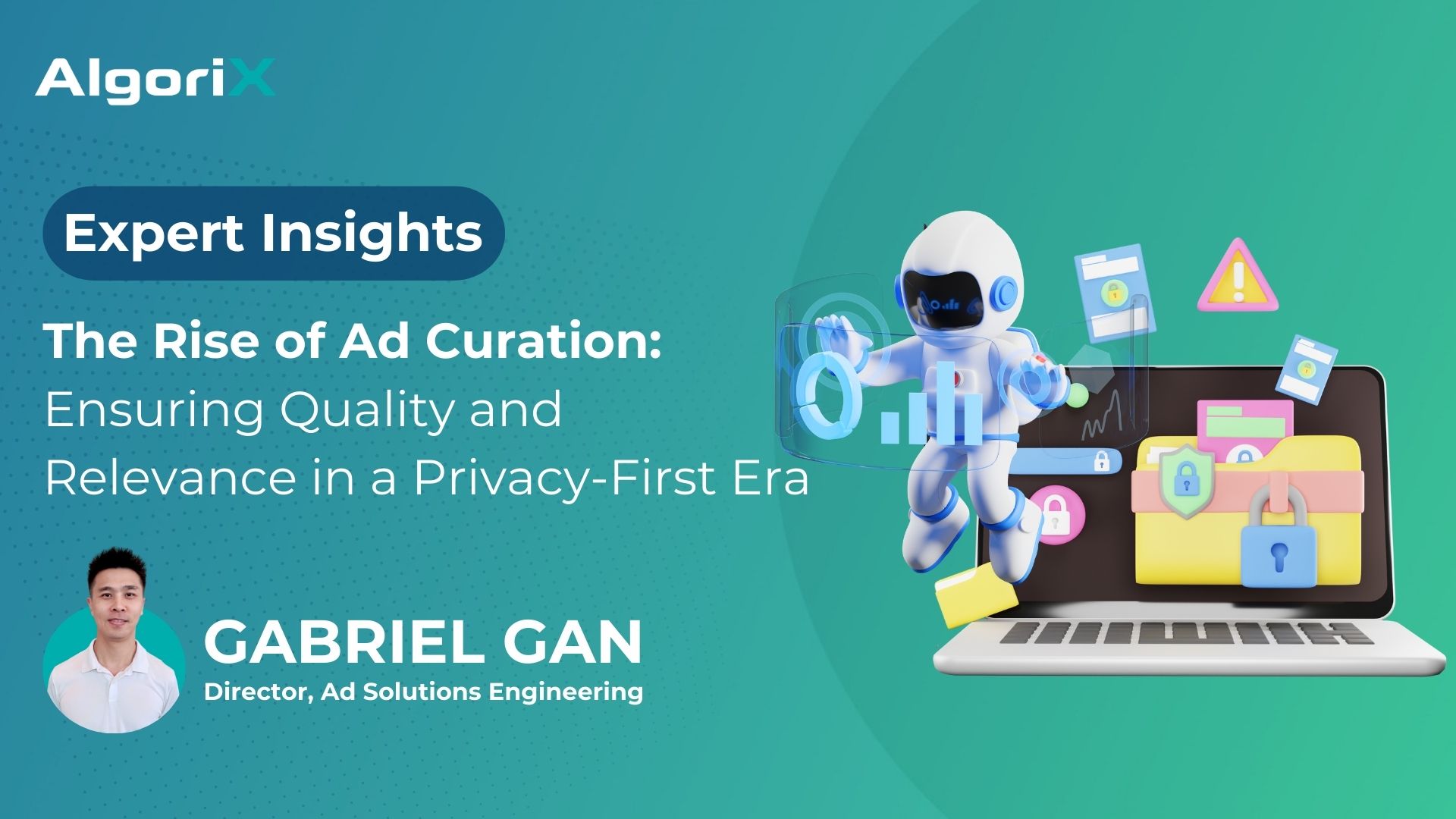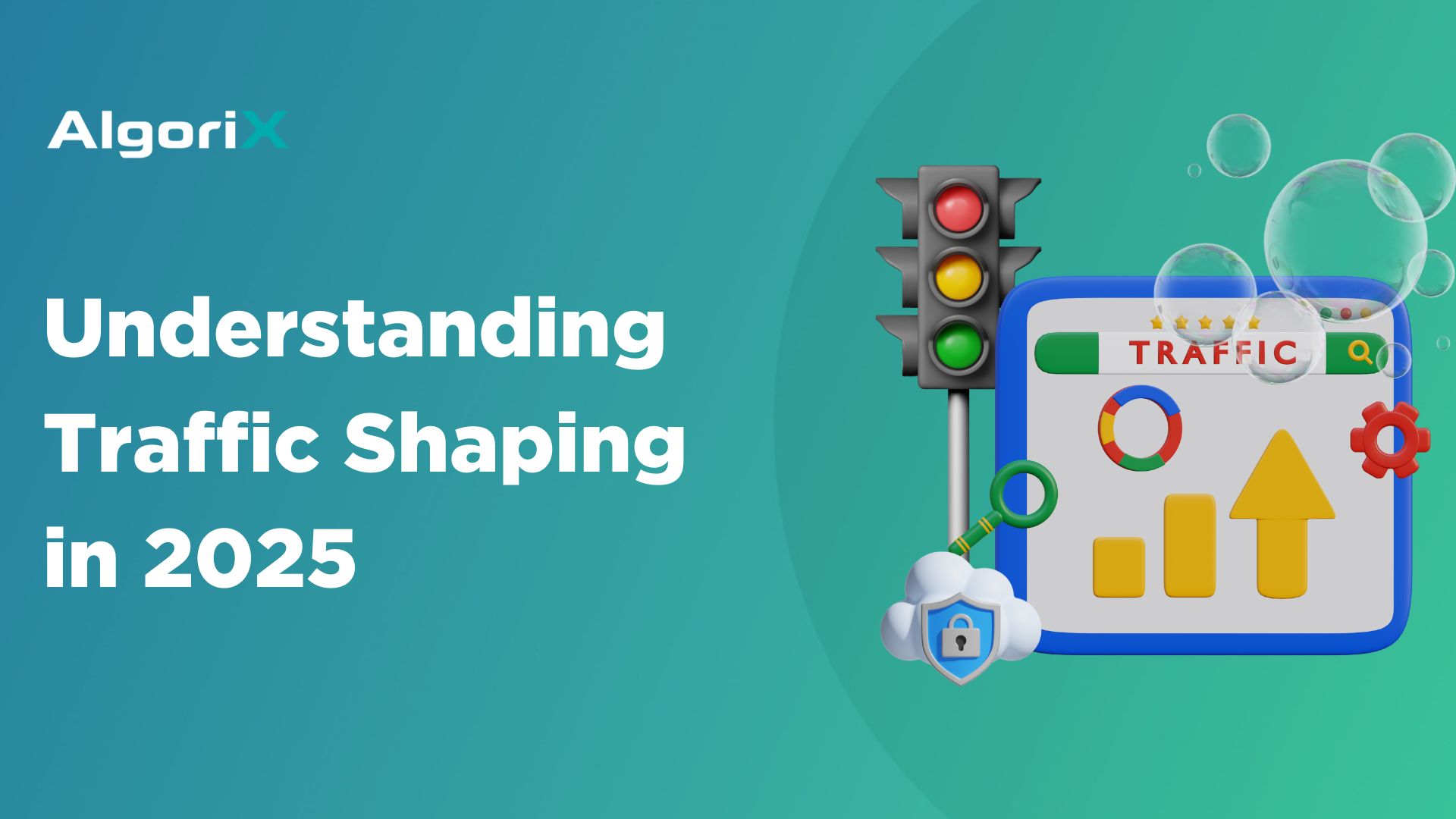As the advertising industry progresses, there is increasing recognition of its environmental impact. This has sparked a shift towards adopting more sustainable practices, focusing on lowering carbon emissions while continuing to innovate and expand the industry’s reach.
How Carbon Emissions are Measured in AdTech
Measuring carbon emissions in AdTech is essential to understanding and managing the environmental impact of digital advertising. The process typically involves evaluating emissions across three scopes:
- Scope 1: Direct emissions from sources owned or controlled by the company, such as on-premises servers or data centers that a company owns and operates.
- Scope 2: Indirect emissions from purchased energy, such as electricity used in office buildings (whether the offices are owned or leased), and leased data centers.
-
Scope 3: All other indirect emissions from the company’s value chain, including emissions from third-party suppliers, ad delivery networks, and user devices consuming digital ads. In the AdTech industry, Scope 3 emissions encompass a wide range of activities. Some key examples include:
-
Content Creation and Production: The emissions generated during the production of digital ads, such as video shoots, graphic design, animation, and other creative processes. This includes energy consumed by studios, editing suites, and the use of production equipment.
-
Agencies and Production Houses: The emissions produced by advertising agencies and production companies involved in content creation. This includes their office energy usage, travel for on-location shoots, and the operation of production equipment.
-
Cloud Computing Services: Ad tech companies heavily rely on cloud providers and data centers for processing, storing, and serving digital ads. The emissions from these services, including electricity used for servers, cooling systems, and other infrastructure, are significant and relevant.
-
End-User Device Energy Consumption: The energy consumed by end-users’ devices (e.g., smartphones, tablets, computers) when interacting with digital ads. This includes viewing video ads, loading web pages with ads, and interacting with ad content.
-
Distribution and Delivery of Digital Content: The energy used by Content Delivery Networks (CDNs) and other platforms to distribute digital content, such as video ads and interactive ads, across the internet. Efficient delivery is crucial to meet performance standards, making this a critical source of emissions.
Industry Standards, Frameworks, and Best Practices
Key industry standards have been developed to guide companies in reducing carbon emissions and adopting sustainable practices. These frameworks help create consistent, transparent, and effective approaches to sustainability within the AdTech ecosystem.
IAB Tech Lab’s Green Initiatives
IAB Tech Lab’s green initiatives focus on driving sustainability across the programmatic advertising ecosystem through the development of technical standards. A key component of these efforts is supply chain optimization, which involves reducing multi-hop resellers, minimizing duplicate bid requests, and leveraging preferred paths. By streamlining ad delivery, cutting unnecessary transactions, and enhancing efficiency, these measures significantly lower the carbon footprint of programmatic advertising operations.
Ad Net Zero and the Global Media Sustainability Framework (GMSF)
Ad Net Zero is a global alliance of trade associations and businesses within the advertising supply chain, driven by a 5-Point Action Plan. Its mission is to speed up efforts to reduce greenhouse gas emissions in advertising operations while promoting sustainable products, services, and behaviors. The Global Media Sustainability Framework (GMSF) is a collaborative effort between Ad Net Zero, GARM (Global Alliance of Responsible Media) and the WFA, aimed to address Action 3 of Ad Net Zero’s 5-Point Action plan, i.e. to reduce emissions from media planning and buying. The Global Media Sustainability Framework is a voluntary, comprehensive proposal designed to help media stakeholders accurately measure and report emissions, particularly scope 3 emissions, across channels and geographies, using industry best practices and climate-science standards.
Standardizing Carbon Emission Measurement and Data Accuracy Across Media Channels
GMSF establishes standardized formulas and workflows for carbon measurement, enabling consistent reporting across various media channels: Digital, TV/Video, OOH, Print, Radio/Audio, and Cinema. This approach helps comapnies accurately map and measure their carbon emissions generated during the three phases a media campaign is involved:
-
Creation: Emissions from physical manipulation of creative assets for media placement and traffic out of creative.
-
Distribution: Emissions from the steps associated with media selection and ad placement (inclusive of buy-side and sell- side steps)
-
Consumption: Emissions from direct energy consumed to receive ads and creation & disposal of associated technology.
Implementing Common Data Collection and Reporting Practices
The GMSF defines the first step in addressing fragmented emission data collection and reporting by offering standardized enterprise-level data request forms, designed for emissions data across the entire organization spanning multiple markets. This creates an efficient mechanism to collect first-party emissions data from media sellers and value chain partners. Future GMSF add-ons, such as channel-level emission data request forms, are expected to provide more granular data specificity.
Voluntary Standards for Global Adoption
GMSF’s voluntary and pro-competitive standards provide a flexible framework to harmonize carbon measurement and promote sustainability. As these standards evolve, companies are encouraged to adopt them, helping to reduce emissions and support industry-wide environmental efforts on a global scale.
Future Trends: Adoption of Green Tech in AdTech
The AdTech industry is steadily incorporating sustainability into its operations, with emerging technologies focusing on reducing emissions and improving efficiency.
AI-Driven Carbon Optimization
AI is playing an expanding role in reducing carbon emissions within AdTech by streamlining ad production and delivery. Automating creative processes, AI allows marketers to optimize campaigns more efficiently—addressing the resource challenges faced by 58% of marketers, according to IAB. Furthermore, AI can reduce the carbon footprint of digital advertising by optimizing server usage and minimizing redundant data processing during ad delivery.
Edge Computing for Sustainable Advertising
Edge computing is emerging as a key tool for sustainability in AdTech by reducing energy-intensive data transfers to centralized cloud systems. By processing data closer to its source, it minimizes bandwidth usage and lowers carbon emissions from traditional data centers, offering a more efficient, eco-friendly solution for real-time ad delivery.
Sustainable Data Management Practices
Sustainable data management aims to reduce the environmental impact of data operations by optimizing resource use and minimizing waste. AdTech companies can lower their carbon footprint while maintaining performance by focusing on efficient data storage, cutting redundant transfers, and using energy-efficient infrastructure. Strong data governance and workload optimization ensure efficient resource use, aligning environmental goals with operational needs.
Conclusion
As the AdTech industry evolves, sustainability is becoming a key focus. Companies need to balance growth with environmental responsibility by adopting technologies that lower their carbon footprint. AlgoriX is committed to this shift, integrating sustainability into our operations through comprehensive Supply Path Optimization and advanced algorithms for high-quality inventory sourcing. These initiatives have resulted in a 12% reduction in ad delivery latency to direct publishers and an estimated 19% reduction in carbon emissions, reaffirming our goal of fostering a greener AdTech ecosystem. Together, we can continue building a more sustainable future for digital advertising.













